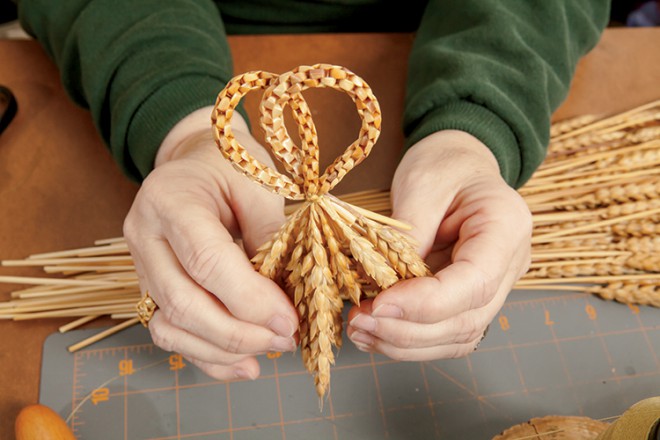
Dianne Ruff’s day starts and ends immersed in the comfort of a perpetually bountiful harvest.
Golden hearts, dolls and tabletop windmills – all woven of wheat – fill a small room in her home in Lincoln. Similar pieces dress up dressers and bookcases throughout the house. Even the annual Christmas tree displays the natural glowing sheen of handcrafted straw art.
“For years, my mother would have her whole tree decorated in wheat design,” she recalls.
In essence, Ruff’s household decor symbolizes the origins of the wheatweaving art, which dates to ancient mythology and primitive times. Many grain growers in the 1500s believed that the “Spirit of the Harvest” lived in the crop.
“When they harvested the grain, they took the last sheaves and made a fancy decoration with it,” Ruff says. “They would hang it in their home. Then they planted it first the next year.”
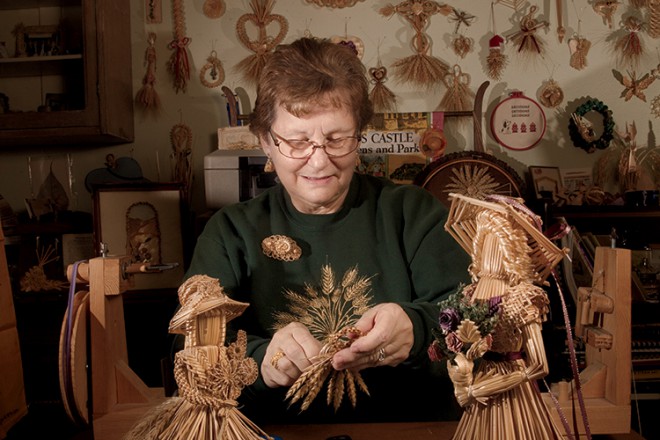
SEE MORE: Wheat 101
They believed this planting would release the spirit back into the field to ensure another bountiful harvest, she says. By the 1850s, the craft became part of Harvest Thanksgiving Festivals at some Christian churches.
In Europe, Ruff notes, corn refers to all small grains, so “corn dollies” identified the art of weaving grain. When the craft was introduced in the U.S., where corn references a different crop, the name changed to “wheat weaving” to eliminate confusion.
Ruff finds as much beauty in the history as the art itself.
“It’s an ancient art, and I would not like to see it leave,” she says. “It can be done so beautifully. The pieces just sparkle and shine.”
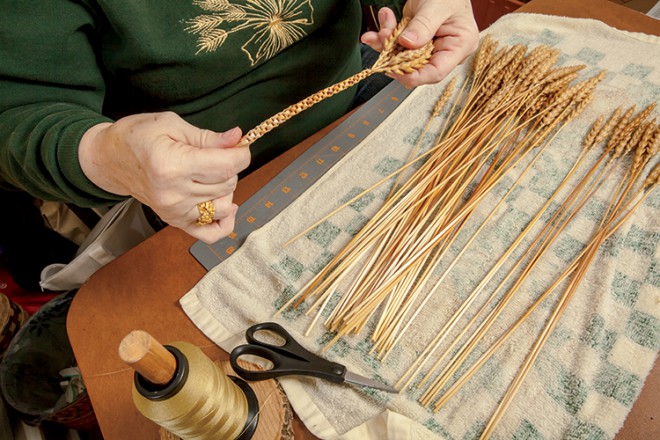
Continuing the Craft
Ruff learned to weave wheat 30 years ago from her mother Berneice Naffziger, a farmwife and self-taught straw artist. Yet the hobby started by happenstance. Berneice stumbled upon a wheat weaving book and thought of the wheat field on her family farm in central Illinois. So, she decided to try it.
Now, Ruff keeps wheat weaving alive in the family, Illinois and beyond. She serves as president of the Illinois Association of Wheat Weavers, an organization her parents helped found in Farmington in 1987. In 2014, she retired from her post as president of the National Association of Wheat Weavers. Ruff continues to travel and meet wheat weavers throughout the U.S. at conventions and conferences.
SEE MORE: Wheat Weaving Glossary
She and her parents even twice traveled to England for weeklong courses at Missenden Abbey. Ruff learned new plaiting techniques and how to use a spinning machine to make straw threads.
“I felt privileged to go over there to take a course,” she says.
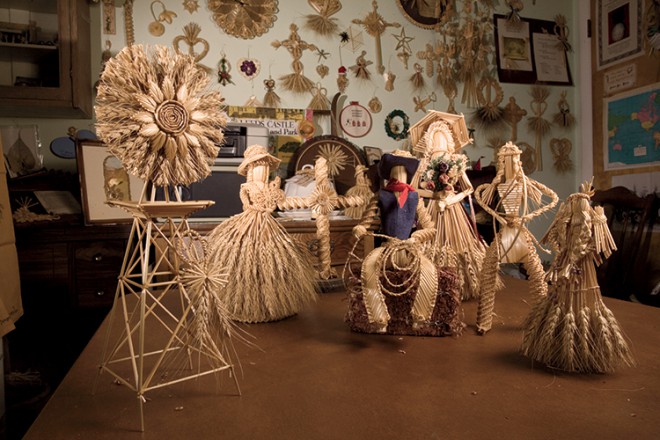
Straw Skills
Give Ruff some straw, and she can probably transform it into art.
“You can weave any type of grain as long as it has a hollow stem,” she says.
Various straws, including wheat, rye, rice and barley, have become artwork in Ruff’s hands. Still, some straw proves a better medium than others. Most artists prefer tall straw, so they have a long first joint to work with, Ruff says. Illinois farmers grow a shorter variety of wheat, which she uses less often. Most of her wheat for weaving comes from out of state. Yet, she does gather wheat from a local farm outside Lincoln for occasional crafting.
Without a doubt, wheat weaves through Ruff’s life as much as her home. In fact, she crafts with a friend at the kitchen table every Friday.
“It’s the beauty of it,” she says. “I think another big draw is the friendships I’ve made.”


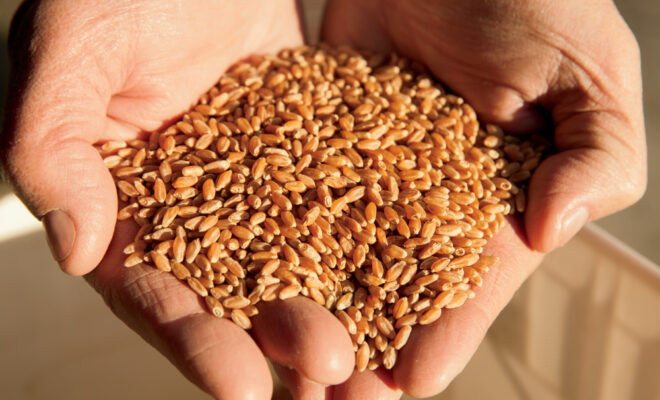
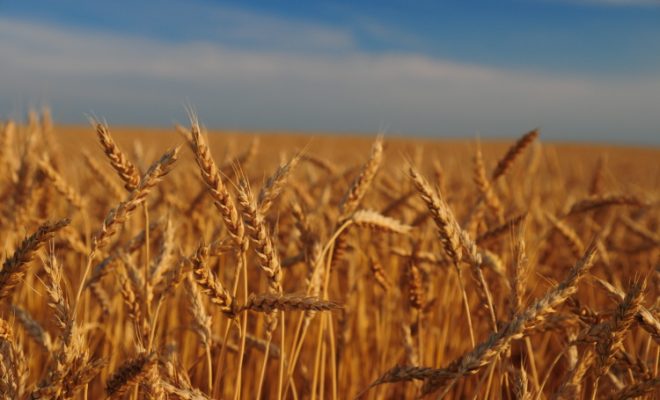
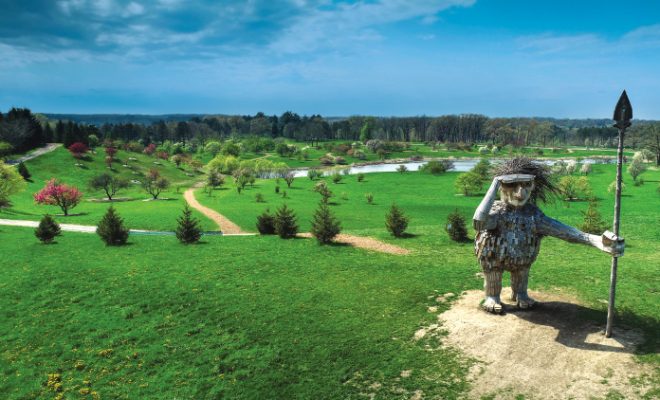
Wonderful art!! I love the way all the members share!!
I love wheat weaving! I am having trouble finding wheat to use. Any suggestions? Thanks.
Wonderful art!! I love the way members share!
Hi Linda,
For more information about pricing, you’ll need to contact Dianne Ruff directly – we just did the story about her craft. You can likely contact her through the Illinois Wheat Weavers Association website at http://illinoiswheatweavers.org. Hope this helps!
Jessy Yancey
editor, ilfbpartners.com
Hi Heather,
For more information about wheat weaving, please visit the Illinois Wheat Weavers Association or the National Association of Wheat Weavers. Hope this helps!
Jessy Yancey
editor, ilfbpartners.com
These are beautiful. Please tell me how/where I can purchase one. I’d love to learn how to make a simple ornament, like a candy cane…where would I start? Thank you. Heather
These are beautiful. Please tell me how/where I can purchase one. I’d love to learn how to make a simple ornament, like a candy cane…where would I start? Thank you. Heather
Please send me a price list.
Thank you
Linda